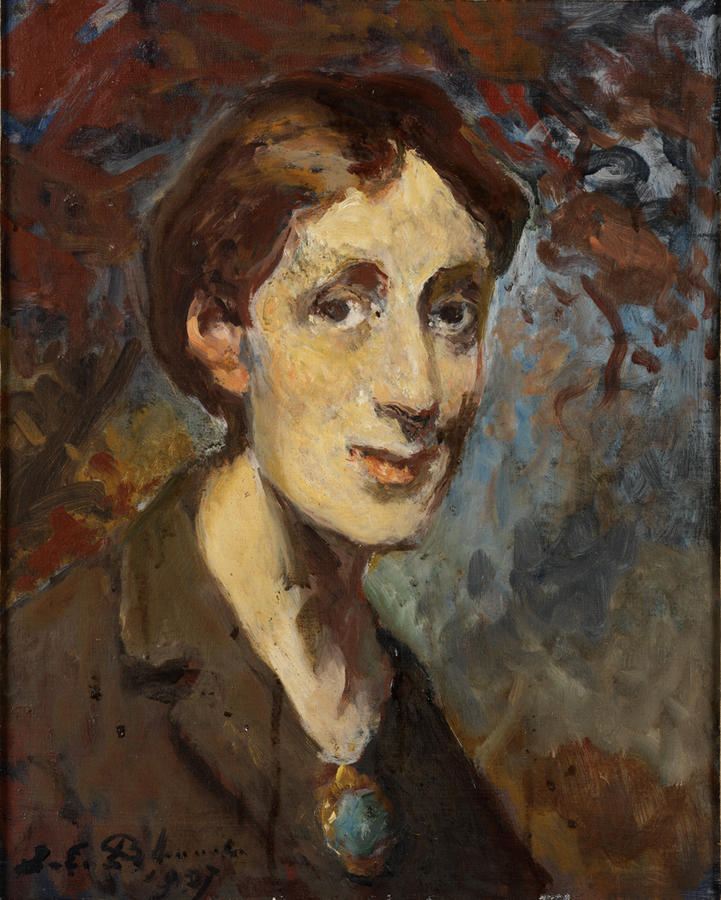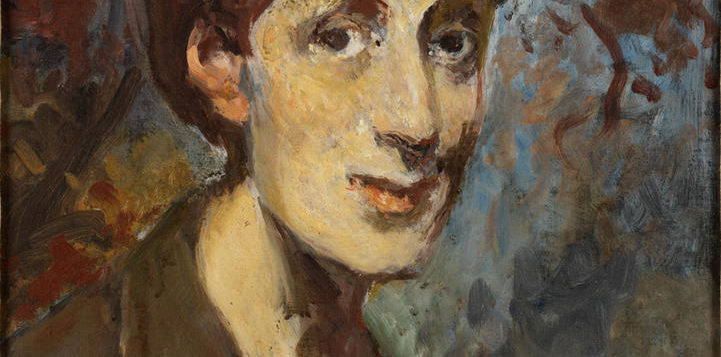Tonight We Are Going Out and We Are All Getting Hammered
Curated by Nicole Eisenman
Rhode Island School of Design
Museum, Providence
November 1, 2019–July 19, 2020
HALF A CENTURY ago, an exhibition curated by Andy Warhol and titled Raid the Icebox I opened at the Rhode Island School of Design (RISD) Museum. The RISD Museum’s storehouse was made available to Warhol, and over the course of six visits he chose whatever he’d like to display. It was believed to be the first significant artist-curated show of its time, and it was called “radical and provocative.” Warhol pulled from storage not just one antique chair, for example, but a large trove of decrepit chairs that were used only for spare parts. He chose 194 pairs of shoes, some parasols, hatboxes (but no hats), oils by Cézanne and Velázquez, and a Rodin sculpture, among many other works. Warhol decided to show them just the way he’d found them in storage: turning away from the viewer, shored up with sandbags, leaning against each other, protected by plastic. As the RISD Museum website notes, Warhol “subvert[ed]traditional notions of connoisseurship and aesthetic display.”
Raid the Icebox Now is RISD Museum’s anniversary project, to which eight contemporary artists were invited to curate their own personal visions with both newly created works and selections from among the 100,000 items in storage—double the number available to Warhol. One of those artists is painter and sculptor Nicole Eisenman, a RISD graduate and recipient of a MacArthur Foundation “genius” grant. She’s brought to light a disparate collection of art under the title “Tonight We Are Going Out and We Are All Getting Hammered,” ranging from a 13th-century Spanish statuette of an apostle carved in wood to Tony Feher’s 2001 sculpture A Few Blue Spots consisting of plastic bottles, water, and wire.

The more one understands the Warholian basis for this exhibition, the more sense it makes, but it would have been wonderful to have had some traditional captioning to learn who these portraits represented—and for works of anonymous men and women, why they are on view. But the dim lights, perhaps designed to imitate the low lighting of an actual club, strafed by the disco ball, make close looking difficult. The RISD Museum’s website does have an exhibition checklist with basic descriptions but offers little of the detail of traditional wall captions. That said, much of the art is well worth contemplating, such as a 1793 oil portrait of Auguste Vestris by Adèle Romany, depicting a young dandy, a “god of the dance” as he was known at the time. His name is still well known among balletomanes. There’s a vibrant 1907 portrait on ivory of painter George Hitchcock, bristling with a monocle and walrus mustache, painted by his wife, whose name was Cecil Jay. Some art seems to qualify as camp, such as a 1795 oil painting attributed to Charles Meynier titled Love is the Same for All, depicting a male adult angel. He is adorned with a bit of casually placed ivy and leans on what appears to be a tombstone. There’s an eerily similar sprig of ivy adorning Léon Riesener’s 1836 La Bacchante, in which the model’s head is tilted at an alarmingly odd angle.
My research has turned up the fact that a number of paintings are of Rhode Islanders from past centuries. One striking example is an oil portrait of Christiana Carteaux Bannister painted by her husband, Edward Mitchell Bannister, in 1860. Carteaux Bannister was an abolitionist and a successful businesswoman who was part African-American and part Narragansett Indian.
Martha E. Stone is the literary editor of this magazine.






